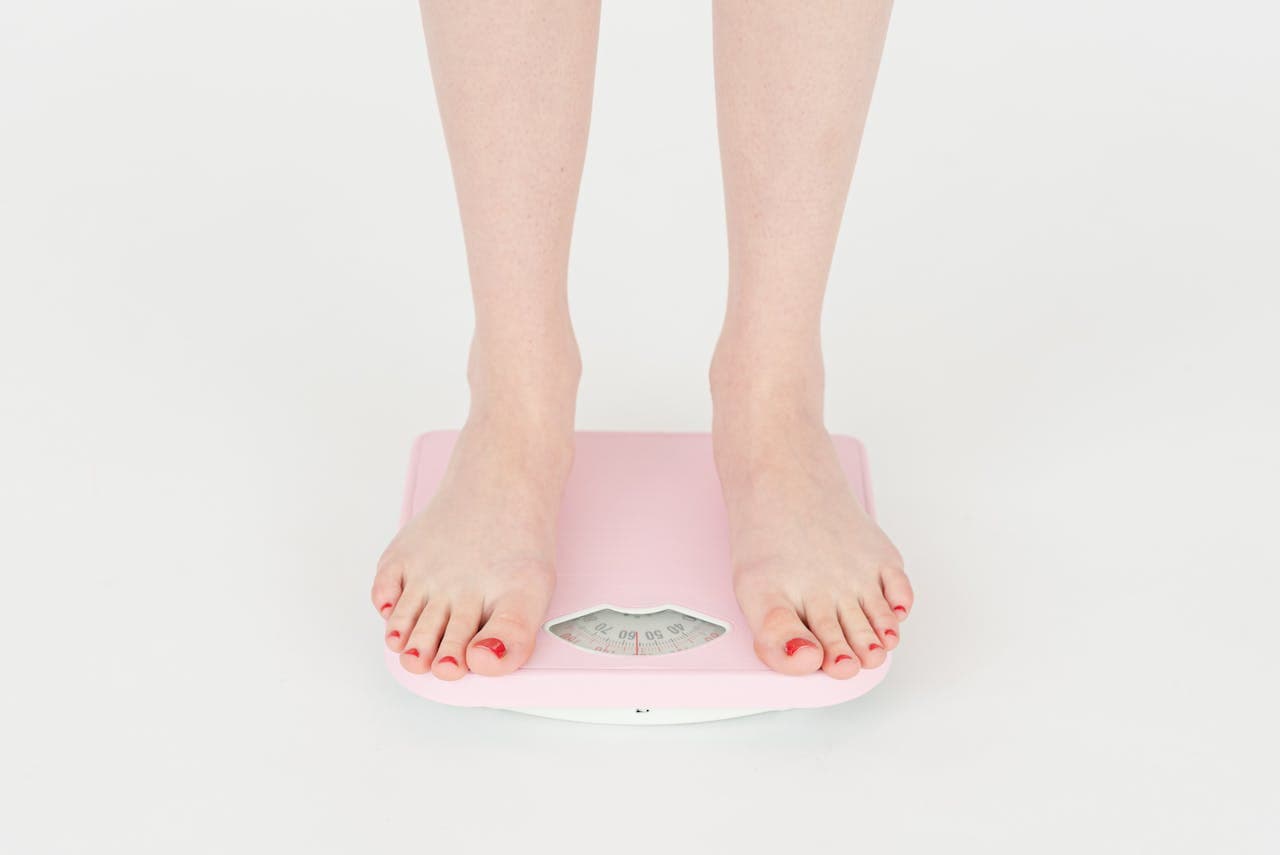How Long to See Intermittent Fasting Results?

CMO @ Fastic

With Fastic, millions of people have achieved their desired weight, overcome disease and regained their quality of life.
The intermittent fasting (IF) fuzz caught up to you, it's everywhere, and now you are eager to learn more about its benefits and delve deeper into how long it takes to see its promising results. Research indicates that individuals practicing IF have experienced weight loss ranging from 7 to 10 pounds (3 to 5 kilograms) over a lapse of 10 weeks.
However, it’s important to note that not all fasting plans are the same and neither are the people doing them. Therefore, the question remains: how soon can one truly see results while practicing intermittent fasting?
When and How Do the Effects of Intermittent Fasting Begin?
A cell’s main energy sources are glucose and fatty acids. After a meal, glucose is used as energy, and fat is stored in the form of triglycerides. During fasting, triglycerides are broken down into fatty acids and glycerin to provide energy. Subsequently, the liver transforms fatty acids into ketone bodies, providing energy for many tissues. During a fed state, blood ketone levels are low, whereas, in the fasting state, levels increase within 8 to 12 hours. Meaning that longer fasting periods encourage the burning of fatty acids for fuel.
Intermittent Fasting Plans: Results Timeline
Results will always vary from person to person. The way your body’s physiology reacts to a fasting regimen will not be the same for someone else. The following are examples of intermittent fasting regimens and the health improvements they might offer.
Time-Restricted Eating (TRE)
TRE involves limiting food consumption to a specific window per day (between 4 to 12), and the remaining time fast by only consuming zero-calorie beverages. TRE focuses more on the eating window than limiting calorie consumption.
A 14-week randomized trial reported that participants who followed TRE (16:8 regimen) for an average of 6 days per week improved mood, presented less depression, and experienced an average weight loss of 2.3 kg. A convenient tool to keep track of your fasting results is Fastic, it follows your weight loss progress and tells you when you will reach your goal weight.
5:2 Method
The 5:2 method is based on the concept of following a normal diet for five days a week and restricting calorie intake to 25% on fasting days (approx. 500 kcal). This plan requires you to restrict calorie intake for two non-consecutive days, consecutive or not. Results from a 12-week study indicated that 85.7% of participants experienced weight loss. Another study showed that 9 out of 10 participants lost an average of 8% of their initial body weight over eight weeks.
Alternate Day Fasting (ADF)
ADF consists of alternating between days of normal eating and days of intense calorie restriction. Similar to the 5:2 method, on fasting days the daily intake is strictly limited (500 kcal) or completely eliminated. Short-term studies demonstrated that participants lost 3% to 7% of body weight after 2 to 3 months of ADF. Additionally, they experienced improvement in lipid profiles, blood pressure, and insulin sensitivity.
The versatility IF regimens offer makes them conveniently adaptable to individual routines, expectations, and commitment levels. For example, the TRE method has variations that go from a 4 to a 12-hour eating window. Likewise, there are more intense regimens such as extended fasting, where you fast for 24 hours or more, and can last as long as a couple of weeks to even months.

Factors Influencing Intermittent Fasting Results
How effective an IF regimen is will depend on each individual. Everybody is unique, therefore how long it takes to start seeing results from intermittent fasting will always differ from person to person.
Your Physiology’s Role
How a fasting plan interacts with a body will be different every time. Factors like being overweight or suffering from a medical condition can interfere with results.
Consistency is Key
Moreover, the amount of commitment you put into your fasting regimen will define how long it takes for you to see results. Committing to a 20:4 fast, will not be effective if you sneak a bite of that leftover spaghetti in the middle of the night.
Psychological Benefits of Intermittent Fasting
A healthy body is worth nothing if it's not complemented by good mental health. Besides enhancing metabolism, improving insulin sensitivity, reducing inflammation, and promoting heart health, intermittent fasting can also support mental health. IF can improve mood, boost mental clarity and focus, and help feel more energized.
Potentialize Your Fasting Results
Balanced Diet
Eating nutrient-rich meals while fasting is vital. Like water, ingesting nutrient-rich foods during your eating windows is necessary to give your body what it is not getting from a usual diet. Fastic’s app lightens your workload by providing easy-to-cook meal plans that adjust to your dietary preferences and goals.
Consistent Hydration
Drinking water during fasting is not only recommended for battling middle-of-the-night munchies but also for replenishing the water it's not getting from foods. You can also enjoy other hydrating beverages, such as black coffee and lemon water. Be at ease, you’ll be glad to hear that zero-low calorie drinks don’t break a fast.
Physical Activity, a Plus
Although exercise is not a must to see intermittent fasting results, it could potentially enhance results if you implement it into your fasting regimen. It is important to mention that your exercise routine should not be the same as a non-fasting exercise routine. Low to medium-intensity exercises are recommended.
Low-intensity exercise demonstrated higher glycerol levels during fasting than in a fed state. An increase in glycerol levels during fasting indicates higher fat breakdown for energy production. Meaning that the body is relying more on stored fat for fuel.
Key Points to Bear in Mind When Fasting
Be Real About Your Goals
When it comes to losing weight, we all want to see results as soon as possible. Although it is feasible, it is also important to be realistic about your timelines. Being honest about your body’s capabilities, without pressuring yourself, and your commitment is indispensable to feel content with your progress and ultimately achieve your ultimate goal.
Variability of Results
The amount of time it will take for you to see results during intermittent fasting will depend on various factors: body type, commitment, fasting plan, if you are following a nutrient-dense diet, medical conditions, etc. Do not compare yourself to others. Focus on your own goals and on maintaining a sustainable regimen.
Monitor Your Progress Every Step of the Way
Keep track of your metrics to better assess your progress and make possible adjustments if necessary. The Fastic app enables you to keep track of your weight, calorie intake, water consumption, steps, sleep patterns, workout routine, and more. Having a visual of your habits is an excellent tool to keep you motivated and self-evaluate your performance.
It’s Not About the When, But About the How
The number of days of intermittent fasting needed to see results will vary from person to person. Moreover, the fasting regimen, your commitment, and diet, among other factors, will influence your body’s interaction with the fast. Regardless of the fasting plan you choose, adhering to a healthy diet, staying hydrated, and committing to a strict routine will guide you to a triumphant fast.
Disclaimer: It is advised to speak with a health professional before beginning intermittent fasting or a diet program. There may be side effects for people with certain medical conditions.
With Fastic, millions of people have achieved their desired weight, overcome disease and regained their quality of life.
Take the Quiz